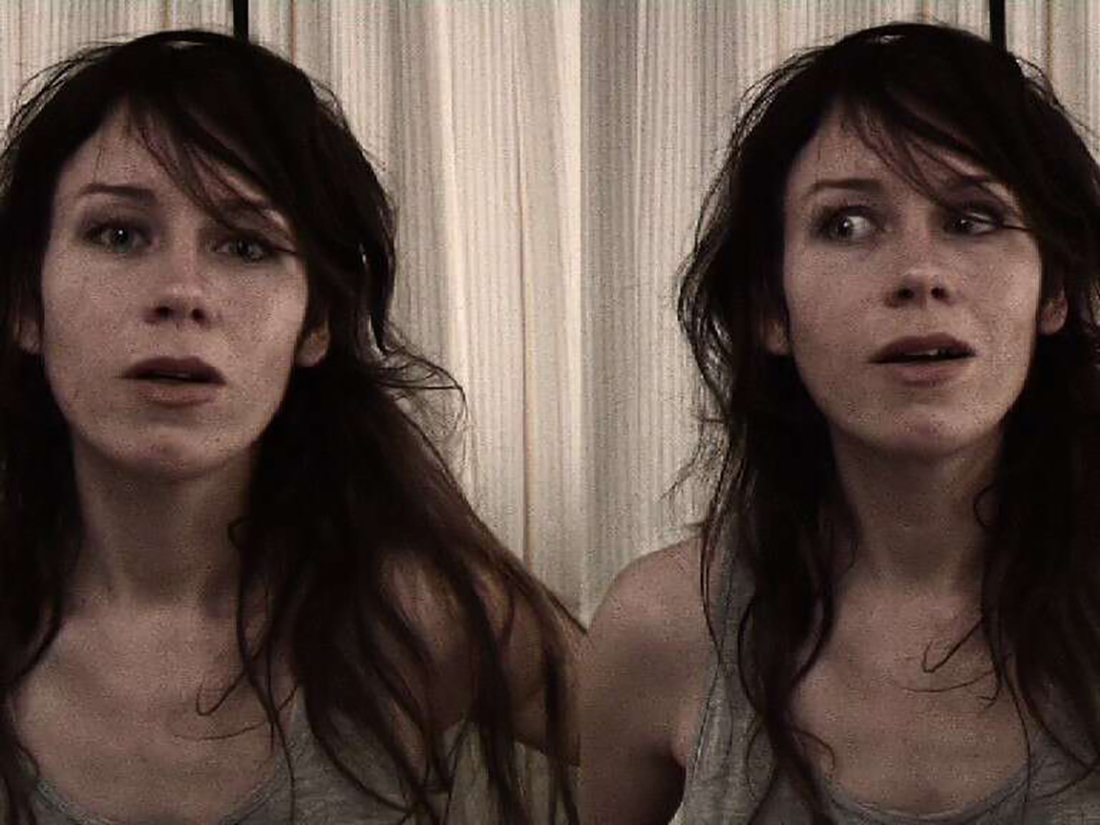
Anna Odell, Okänd, kvinna 2009-349701, 2009. © Anna Odell/Bildupphovsrätt 2025
Unknown Woman 2009-349701, 2009
Anna Odell
Curator Lena Essling on an artwork that made a lasting impact on Swedish contemporary art, sparking a discussion about what art is — and what it can, or is permitted to, do.
Runtime: 02:24
Lena Essling: My name is Lena Essling, and I work as a curator with responsibility for the museum’s moving image and performance.
Anna Odell’s Unknown Woman 2009-349701 entered the collection as part of Swedish Acquisitions, a pandemic-era initiative where the museum received a special grant to acquire new works. These funds allowed us not only to reflect the contemporary moment, but also to revisit significant works and artists that had not previously been represented in the collection. Unknown Woman is one such key work, which has left an indelible mark on Swedish art and on the broader conversation around what art can and cannot do.
Many first encountered Unknown Woman through newspaper headlines about the artist’s staged psychosis on the Liljeholmen Bridge in January 2009. An interrupted suicide attempt followed by hospitalization was revealed to be part of a performance by an art school student. A long legal process and a heated public debate followed.
I myself saw the work in Konstfack’s graduation show, just months after the events on the bridge. It was a striking experience to encounter the material in its entirety, with its comprehensive and deeply considered process. Early in the pandemic, I phoned Anna Odell and, though physically isolated, we spoke at length about the work’s background and aftermath.
Drawing on her own experiences in the psychiatric care system, Anna started out with a clear sense of what she wanted to explore as an artist, the personal risks her concept required, and where the system’s pain points were located. Her hotly debated performance was preceded by numerous documented conversations with psychologists, doctors, and lawyers.
The action on the bridge should not be understood or presented as the work’s endpoint, but rather a catalyst for everything that came after. The legal process and the reactions from the media and the healthcare system—recorded in conversations, hospital charts, and court documents—are equally integral to the work today.
Over the years, Unknown Woman has been presented in various forms, with or without physical objects. In close collaboration with Anna Odell, we have identified which elements of this complex work should be preserved in the museum’s collection, and how it can be exhibited today.